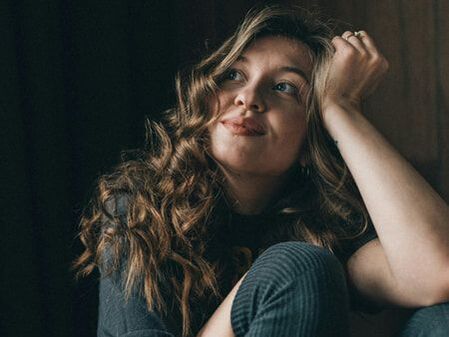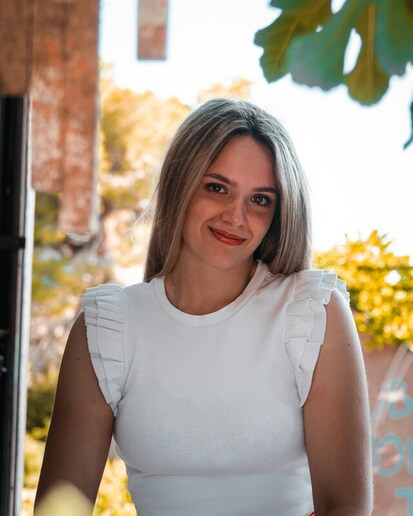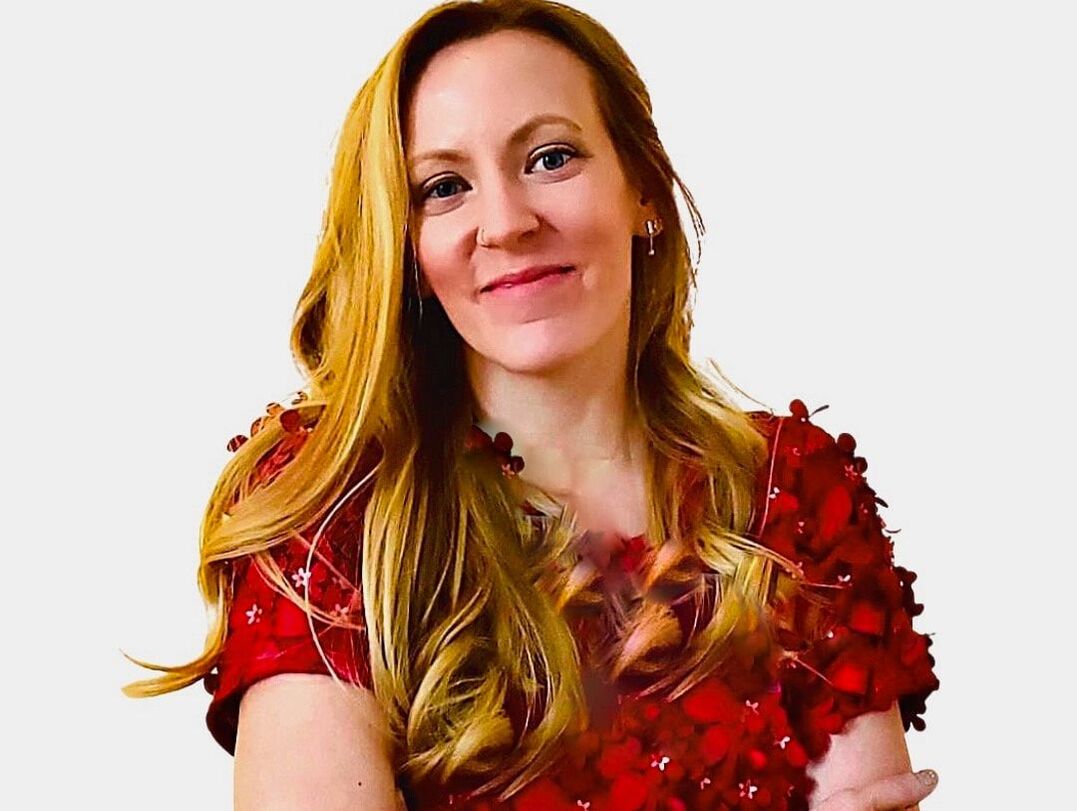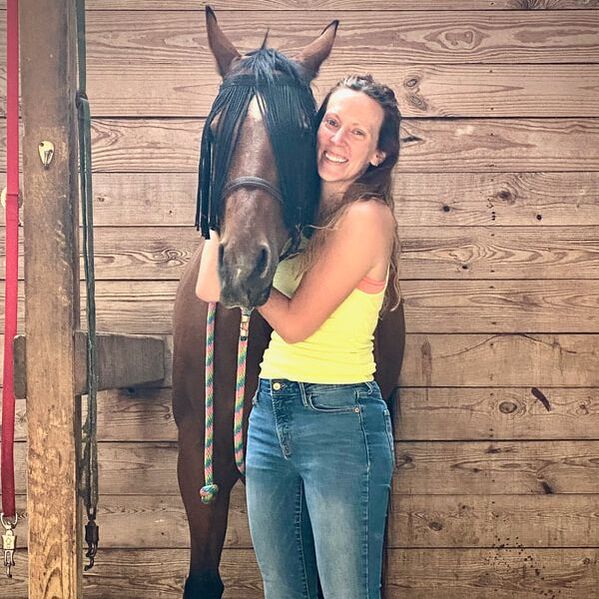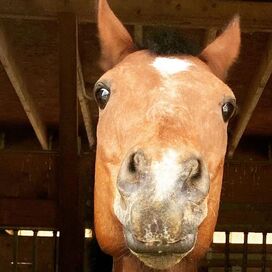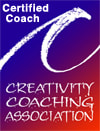It's all about AUTHENTICITY
If you thrive on authenticity, discovering your sincerest way of living might be your path forward.
Symptoms Treated
Person Centered Therapy may be for you if you have experienced symptoms or concerns in one of these categories. Click on a symptom or concern below to learn more about it:
Anxiety, sadness, lack of purpose or direction?
These are signs of misaligned creativity.
PERSON CENTERED THERAPY FOR CREATIVITYWhat happens when the creative mind is suppressed? Problems like anxiety, panic attacks and depression happen. Perhaps you have struggled with anxiety. Maybe a history of panic attacks. A long-standing battle with depression. One of these may have sent you seeking professional help. Maybe they are the reason you are seeking help now. In each of these cases, your symptoms were in part because your innate creativity was not fully realized. Creative People, are passionate, powerful people. You were necessarily and naturally born this way, in order to fulfill your biological imperative to create. Restore your creativity with Person Centered Therapy, and discover lasting peace and happiness. |
Benefits of Person Centered Therapy for Creative People
In Person Centered Therapy for Creative People, these are the benefits you can expect:
Inner PeaceThe calm that comes from living a life that soothes your soul
Strong RelationshipsThe results from repeated interactions that meet your needs
AuthenticityThe magic of knowing who you are and what you need
|
HappinessLasting happiness from meeting your needs, every day
ResolutionUnderstanding your life's story and how it made you
Self EsteemDesigning experiences that build you up
|
Purpose and MeaningfulnessClarity on what matters to you, and building your life around it.
EmpowermentThe flex of knowing your strengths
ResilienceYour ability to see the stars when you are in the trenches
|
Therapy for Creatives by a Creative Therapist
Supportive Therapy for Inquiring MindsI understand that you may have been in treatment before and felt misunderstood, not had lasting results, or otherwise felt disappointed. That was my experience, too! My goal for you is to feel empowered where previously you felt helpless or discouraged. The knowledge you need is here, accessible and available to you. I am passionate about spreading the knowledge and support I have built to those that it can benefit, and I want you to know you don't need to suffer! |
PERSON CENTERED THERAPY TREATMENT OPTIONS
Book a free discovery session to learn more. All treatment options are Concierge.
Person Centered Therapy for Creative IndividualsWhether you are a Creative Professional, or an adult seeking to rediscover your creative side, this approach is designed to support you in finding peace and happiness through authenticity.
|
Person Centered Therapy with Equine InterventionsIf you are interested in combining your Person-Centered therapy sessions with horse assisted interventions using ground work, this approach was designed for you. We have so much we can learn from these beautiful animals!
|
Person Centered Therapy with Hybrid Creativity CoachingDesigned for Creative Professionals on the path to any part of their creative careers, if you are seeking both professional and emotional support, this service was designed for you.
|
Are you ready to find the lasting inner peace that comes from finally putting yourself first?

